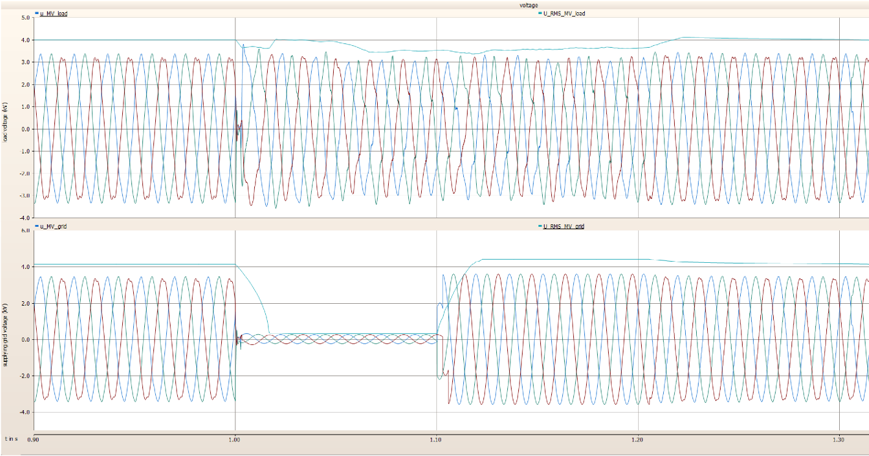Introduction
Modern power grids encounter a range of power quality challenges driven by the widespread use of power electronics and variable loads. Harmonics and supraharmonics, introduced by devices like electric vehicle chargers and solar inverters, are key concerns, distorting voltage and causing equipment malfunctions. Supraharmonics, in particular, in the 9 to 150 kHz range, are increasingly problematic as they can disrupt sensitive equipment and degrade overall power quality.
The ever-increasing integration of grid forming converters for renewable energy and storage resources results in weaker electrical grids. Such grids are prone to power quality issues such as harmonics, reactive power compensation, flicker, and voltage dips also pose significant challenges. Ensuring reliable power and grid stability requires addressing these issues through advanced mitigation strategies and ongoing improvements in power quality standards.
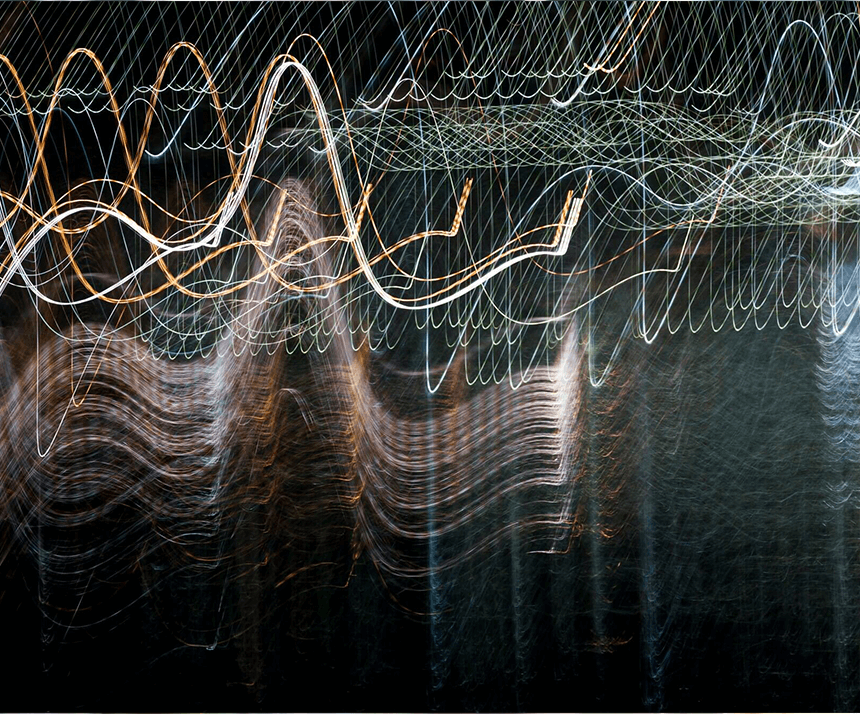
PQ Measurement
Grid code compliance is a key issue that is required to be addressed by the industrial as well as generation sectors. The wide challenges observed today in terms of power quality make superior and accurate power quality measurement crucial:
- A broad frequency range to capture both harmonics and supraharmonics
- High precision and fast sampling rates to detect transient events like voltage dips and flicker
- Advanced data analysis tools and evaluation skills for being able to diagnose complex issues and maintain grid stability.
Our quality measurement equipment and expertise in analyzing make a significant difference in addressing today’s power quality challenges.
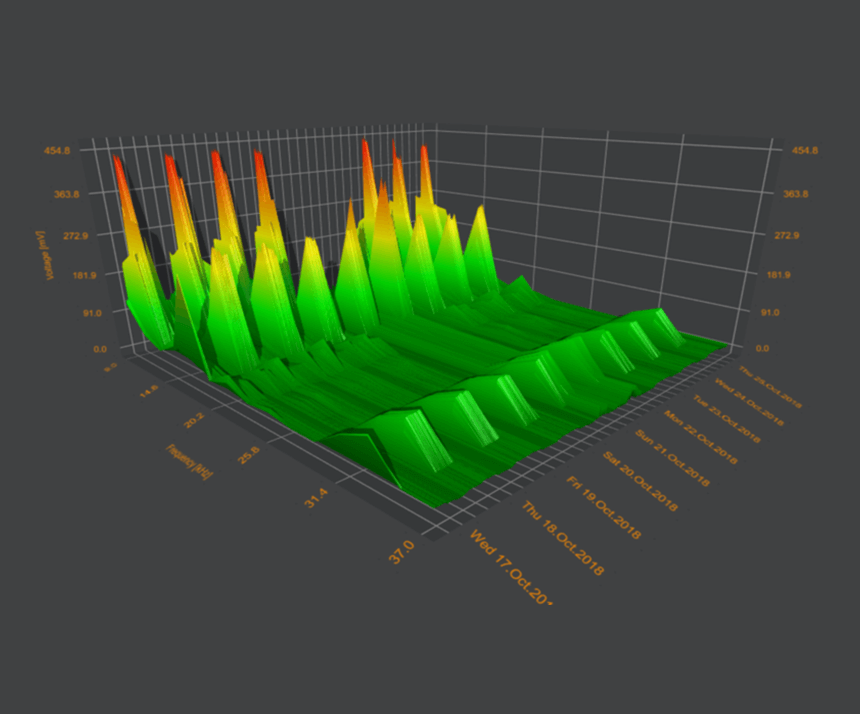
Harmonic Filters
Active and passive harmonic filters are essential for mitigating power quality issues, particularly in industrial networks.
Passive harmonic filters are often used to target specific harmonics, like the 5th or 7th, by employing a combination of resistors, capacitors, and inductors. Modern girds operating with lower short-circuit power require impedance correction to mitigate harmonic amplifications. Passive harmonic filters play a very crucial role for impedance corrections. Moreover, these filters are effective for standard harmonic current mitigation, offering a stable and cost-efficient solution.
Active harmonic filters, on the other hand, provide a more dynamic approach. They inject counteracting currents to cancel out harmonics across a broad frequency range, including higher-frequency disturbances like supraharmonics. These filters are particularly useful for applications with fluctuating loads and where precise, adaptable harmonic compensation is needed.
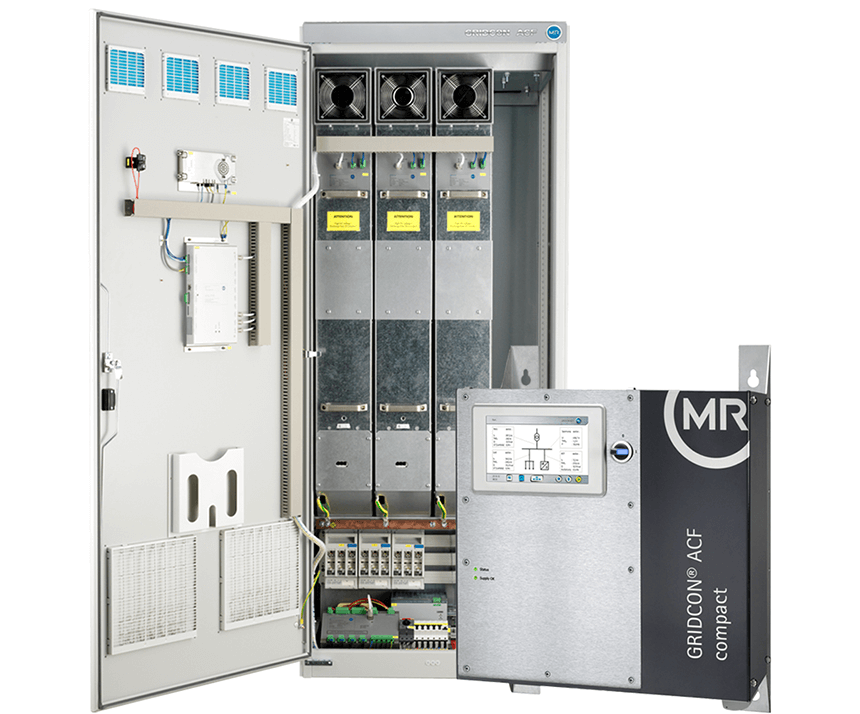
Reactive Power Compensation
A resonance neutral reactive power compensation plays a crucial role for enhancing power system efficiency and stability. It helps reduce losses by improving power factor, stabilizes voltage levels, and decreases unnecessary current flow, thereby reducing energy costs and preventing equipment damage.
Mechanically Switched Capacitor Bank with Damping Network (MSCDN) is harmonically neutral and loss optimized proving the best solution for reactive power compensation for HV transmission grids. This compensation minimizes voltage fluctuations and optimizes energy use, extending the life of electrical components.
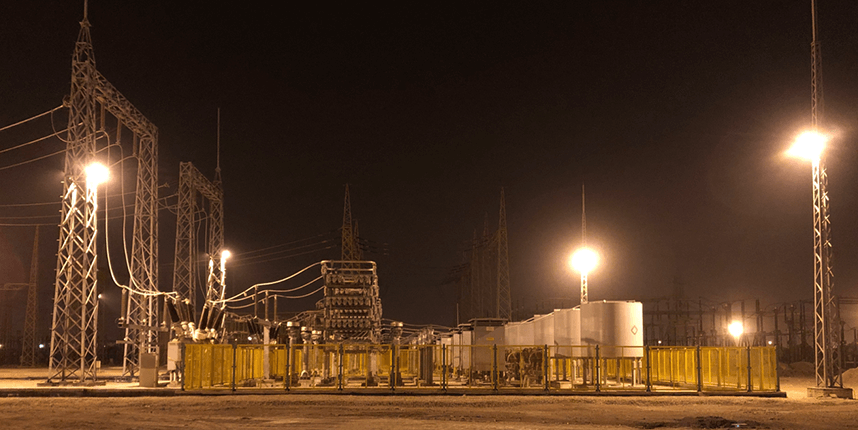
Grid Stabilization and Flicker Compensation
A STATCOM (Static Synchronous Compensator) is used primarily for reactive power compensation and voltage stabilization in electrical grids. It dynamically controls the flow of reactive power to maintain voltage stability, especially in networks with fluctuating loads. The STATCOM provides fast and flexible voltage regulation, helping to prevent voltage dips and enhance overall grid stability.
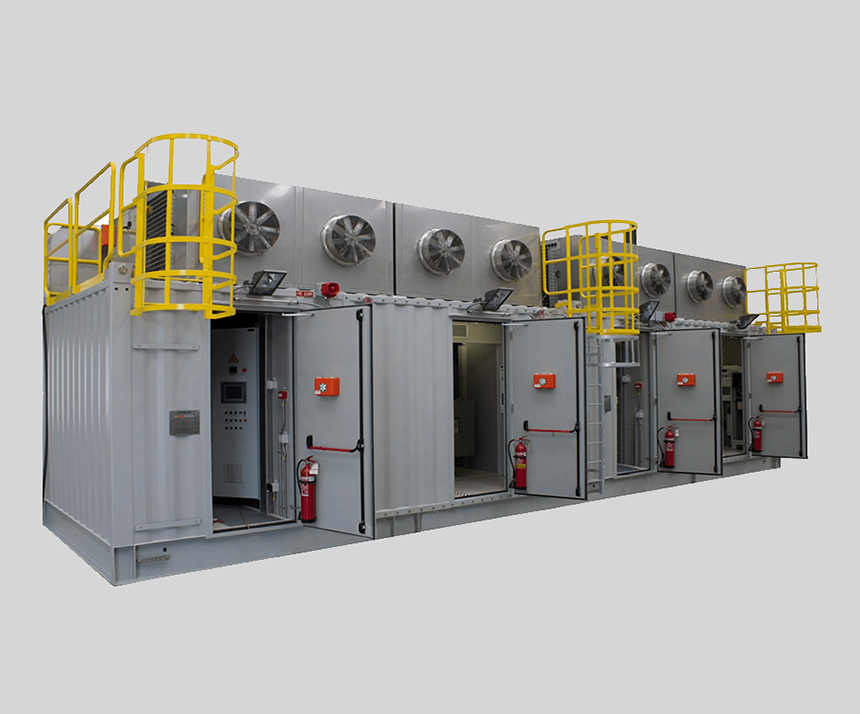
Voltage Dip Compensation
A Dynamic Voltage Restorer (DVR) is specifically designed for voltage dip compensation. The DVR injects voltage in series with the supply to correct voltage dips and short-term disturbances in the grid, maintaining stable output voltage even during significant drops in the input voltage. This makes it highly effective for preventing disruptions caused by voltage dips, which can severely impact sensitive industrial processes.
